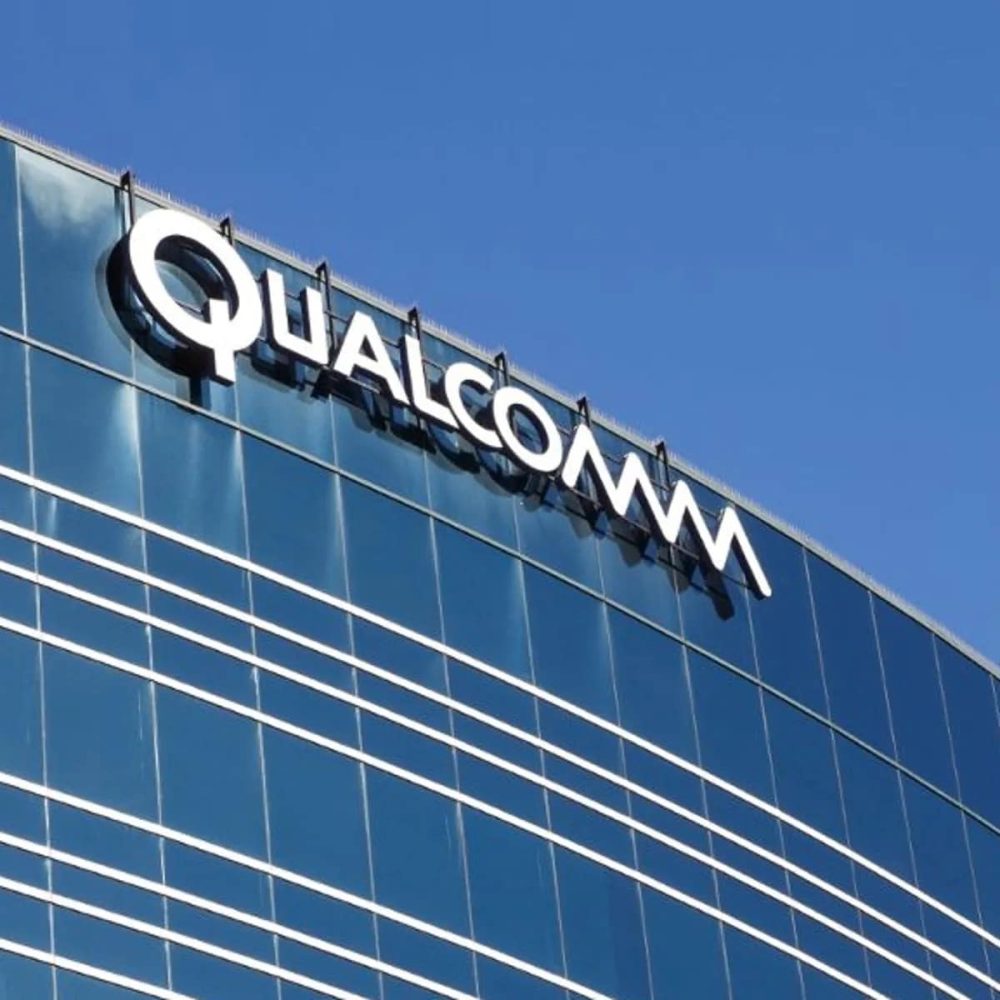Qualcomm is stepping up its game in the global chip competition by shifting its latest flagship processors to Arm’s newest architecture, known as Arm v9, a move aimed at boosting AI performance and staying competitive against rivals like Apple and MediaTek.
Why It Matters
This shift strengthens Qualcomm’s ties with Arm after a tense legal battle last year. It also means higher revenue for Arm, since the company charges more for its newer-generation technology.
What’s New
According to industry sources, Qualcomm’s newly announced PC and smartphone chips will:
- Use Arm v9, the latest instruction set architecture,
- Improve performance for AI tools, chatbots, and image generators,
- Compete more directly with Apple’s custom silicon and MediaTek’s flagship chips.
MediaTek has already confirmed its use of Arm v9, and analysts suggest that Apple is also using it. By adopting the same foundation, Qualcomm remains in the technological race.
A Strategic Decision
Qualcomm did not confirm the technical details but said its in-house CPU design team selects “the instructions that add value” for customers, suggesting a flexible approach to Arm’s architecture.
Arm declined to comment, but its stock jumped 5% after news of Qualcomm’s adoption.
Why Not Alternatives?
Although some companies are exploring RISC-V, an open-source chip architecture, it’s still considered less mature and lacks the vast developer ecosystem Arm offers. Qualcomm could have stuck with older Arm generations, but instead opted to upgrade.
Industry Impact
Analysts say the move is especially notable given the companies’ legal clash last year. At one point, Arm threatened to cancel a key license to Qualcomm, but later backed off.
“This is very positive for Arm,” said Jay Goldberg of Seaport Research Partners. “Qualcomm could have gone a different direction.”


